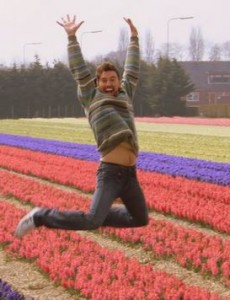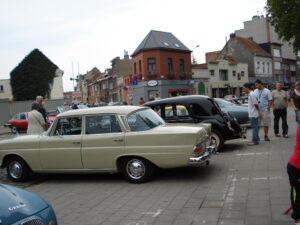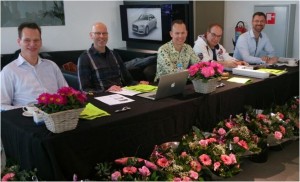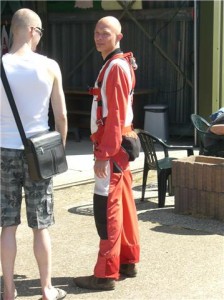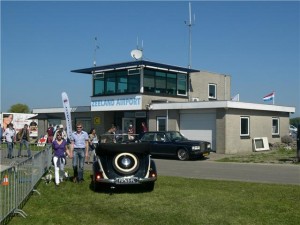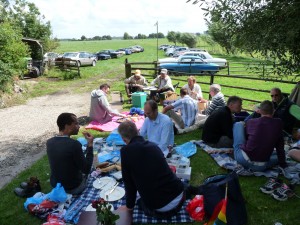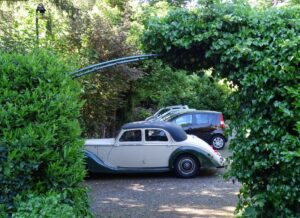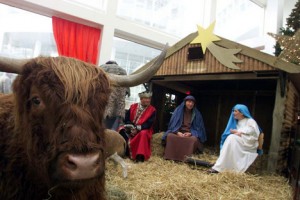
PUTTE-KAPELLEN – Between Christmas and New year’s Eve friends of GCCC meet bi-annually for a run along a number of Christmas cribs in Flanders (Belgium). Always a great success! A welcome break from seasonal family and relative vistis. After all, with GCCC, Christmas gets a pink twist.
The 6th edition of the Christmas crib ride will take place on Tuersday December 28th, 2010 with 54 participants. Don’t forget to take your passport, a torch and your parking disk. You can sign up until December 21.
Want to take part?
Sorry, this was possible until December 21th.
What is so special about the Christmas cribs in the Kempen region?
The Kempen region are famous for its fairytale illuminated Christmas cribs, many of which contain live animals.
Why is the ride not on a Sunday, but on a Tuesday?
Christmas is in the weekend and on the Sunday before not all Christmas cribs have been erected yet. But many members and their friends will be off work in the week following Christmas. So that offers ample opportunity to share the Christmas atmosphere. We would in particular like to invite our Flemish friends to take part. We will be in Belgium after all. Being a member of GCCC isn’t really necessary, you can take part as a guest.
What will the ride look like?
You will make a lovely, seasonal ride beginning and ending at (Flemish) Putte. Putte is a border village, with the border running right through the centre. Half of it is in the Netherlands (part of Woensdrecht), the Belgian half is again divided between Kapellen en Stabroek. On account of possible wintery weather we will stick to main roads. This is a good thing when driving in your oldtimer. We will visit christmas cribs on the way.
Where do we start?
We will gather on December 28 december at 2 p.m., while enjoying a bowl of pea soup at café-restaurant Hollands Hof, Ertbrandstraat 294, 2950 Putte-Kapellen, telephone: + 32(3) 665 17 33, in the Belgian part of Putte.
Where do we finish?
The ridee ends around 6 p.m. at the same restaurant. From 6.30 dinner is served( € 12,00 p.p.) consisting of:
◦Leek soup
◦Flemish beef stew with Chips
◦Dessert
How to get there?
Putte is some 10 kilometers away from exit 30 of the A58 motorway (South of Bergen op Zoom). Follow the N289 through Hoogerheide and you will soon see (Dutch) Putte. Immediately across the border you will find Hollands Hof on your left. Parking (with parking disk during the day) is possible in the former customs area opposite.
What are the costs?
The cotst for this event are € 1,50 for GCCC-members and € 5,00 for non-members and guests, which includes a bowl of pea soup. If you stay on for dinner you pay € 12,00 extra.
Can I take the dog?
Yes, you can, but on a leash
Important! GCCC cannot be held responsible for whatever damage.

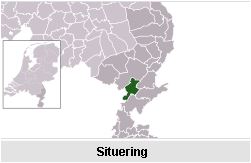

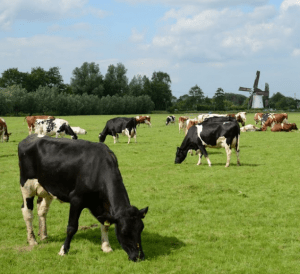
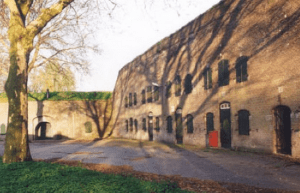 What will you see?
What will you see? 